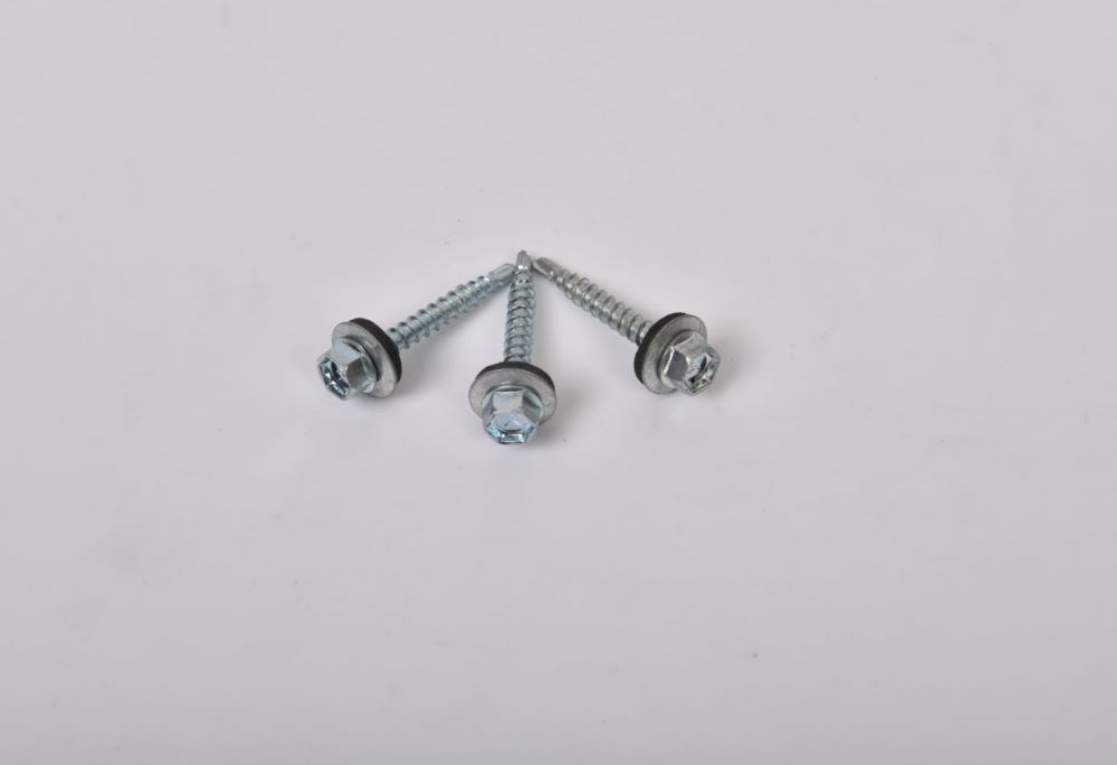drywall anchor spinning with screw products
Understanding Drywall Anchor Spinning with Screw Products
When it comes to securing items to drywall, using anchors is essential for ensuring stability and durability. Among the various types of anchors available, drywall anchors combined with screws have gained popularity for their effectiveness in holding weight without damaging the wall. However, one of the common issues that users face is drywall anchor spinning with screws. This phenomenon can lead to ineffective installation, potential damage to walls, and the frustration of failed home improvement projects. In this article, we will explore the causes, implications, and solutions to drywall anchor spinning with screw products.
The Importance of Drywall Anchors
Before diving into the issue of anchor spinning, it’s essential to understand why drywall anchors are necessary. Drywall, typically made of gypsum sandwiched between two sheets of heavy paper, is not designed to bear heavy loads. Therefore, when mounting shelves, TVs, or artwork, using anchors is crucial. Drywall anchors provide additional support by spreading the load over a larger area and engaging with the wall material more effectively than a simple screw.
Anchors come in various types, including toggle bolts, molly bolts, and plastic expansion anchors. Each type has unique features suited for different applications. However, regardless of the type, the goal remains the same—to secure objects firmly without compromising the integrity of the drywall.
What Causes Anchor Spinning?
Drywall anchor spinning generally occurs when the anchor is not properly installed, or when the screw applied to it experiences torque beyond what the anchor can handle. Here are some common reasons why this occurs
1. Incorrect Installation If the anchor is not fully inserted into the wall or is not aligned correctly, it may spin when the screw is being driven into it. Proper installation techniques, such as ensuring the anchor reaches the necessary depth, are critical.
2. Over-tightening Applying excessive torque while driving the screw can cause the anchor to spin within the wall. It’s important to find the right balance—tight enough to hold securely but not so tight that it compromises the anchor's grip.
3. Wall Integrity The condition of the drywall itself plays a significant role. Old or damaged drywall may not provide adequate support, leading anchors to spin when under pressure.
4. Improper Anchor Choice Using the wrong type of anchor for the intended load can result in spinning. For instance, lightweight anchors may not hold well under heavier loads, causing them to spin when subjected to stress.
drywall anchor spinning with screw products

Implications of Anchor Spinning
The ramifications of anchor spinning are more than just a minor inconvenience. If an anchor spins, it may fail to hold the intended weight, which can lead to sagging or dropping of the object being mounted. This can not only damage the wall but also ruin the item being secured, resulting in additional costs for repairs or replacements. Furthermore, if not addressed promptly, the issue can lead to structural problems with the wall, requiring even more extensive repairs.
Solutions to Prevent Anchor Spinning
To mitigate the risk of drywall anchor spinning, here are some helpful tips
1. Choose the Right Anchor Assess the weight and type of the item you are mounting. Always refer to the manufacturer's guidelines on weight limitations for specific anchors.
2. Proper Installation Follow the instructions for the anchor carefully. Ensure the anchor is inserted fully and correctly before attaching the screw.
3. Moderate Tightening Use controlled torque when driving in screws. If resistance increases significantly, stop to avoid over-tightening.
4. Use a Backing Plate For heavier items, consider using a backing plate or a piece of wood behind the drywall to distribute weight more evenly and prevent anchors from spinning.
5. Consult Professionals If in doubt about the best approach, consult with a professional installer or a handyman. Their expertise can save you time and ensure a successful outcome.
Conclusion
Understanding drywall anchor spinning with screw products is crucial for any home improvement enthusiast. By choosing the correct type of anchor, following proper installation techniques, and ensuring appropriate load management, you can prevent the frustrations associated with spinning anchors. With the right approach, your adventures in DIY will be successful, leading to secure and lasting installations.
-
Top Choices for Plasterboard FixingNewsDec.26,2024
-
The Versatility of Specialty WashersNewsDec.26,2024
-
Secure Your ProjectsNewsDec.26,2024
-
Essential Screws for Chipboard Flooring ProjectsNewsDec.26,2024
-
Choosing the Right Drywall ScrewsNewsDec.26,2024
-
Black Phosphate Screws for Superior PerformanceNewsDec.26,2024
-
The Versatile Choice of Nylon Flat Washers for Your NeedsNewsDec.18,2024










